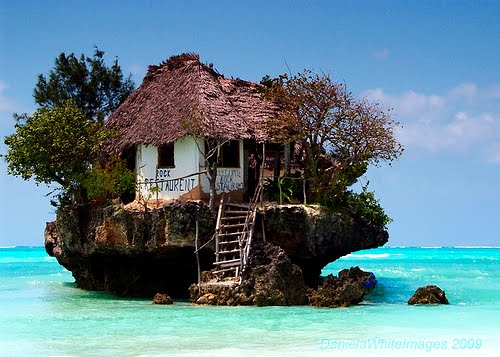Call it beautiful .Call it mysterious. Call it is wonder Amboni Cave is which has the most natural site which has remained virgin and out of ordinary over the past centuries.

Located at 7 km north of the municipality of Tanga ,Amboni Caves are the most extensive limestone caves in East Africa. Superstition has held local people to believe that Almighty God resides in the caves from where he heals the suffering people. As we walk through the caves, at some points, candles and offering can be seen in the name of God .An intriguing tales of myth and tradition has been harboured to an extent that the local people consider the caves to be a place of worship.
Amboni Caves is believed to have been developed during Jurassic age .It has a unique geographical features and is of great scientific interest. Each step on the designed one- km route is an experience .Large and small projectile of calcium carbonate have been formed from the dripping calcareous water .Some believe that the caves exit at a location on the Indian Ocean Coast near Mombassa/Kenya and also believe they turn towards Mount Kilimanjaro.
At one point one can see scripture on virgin Marry .Naturally carved rocks in the shape of a ship, arm chair, ancient animal paintings and footprints on ceilings of caves to marvel at .Mistrey surrounds Amboni Caves and no one can tell the real story up to now.

One must not forget to visit the sulphur springs in the vicinity of the caves .You do not have to find location as that peculiar smell will drag you near the flowing springs.
Sulphur water is known for its medicinal value for skin diseases. Unfortunately, the bathrooms built for treatment turn in to ruins. Nevertheless, it is a site to see.
At present only 200 to 300 tourists are estimated to be visiting the caves and Sulphur springs annually. The number can increase if adequate development plan is put on hand .It is indeed a thrill to visit this wonder of Nature which is in our country.
It’s a place one should visit when in Tanga.

Located at 7 km north of the municipality of Tanga ,Amboni Caves are the most extensive limestone caves in East Africa. Superstition has held local people to believe that Almighty God resides in the caves from where he heals the suffering people. As we walk through the caves, at some points, candles and offering can be seen in the name of God .An intriguing tales of myth and tradition has been harboured to an extent that the local people consider the caves to be a place of worship.
Amboni Caves is believed to have been developed during Jurassic age .It has a unique geographical features and is of great scientific interest. Each step on the designed one- km route is an experience .Large and small projectile of calcium carbonate have been formed from the dripping calcareous water .Some believe that the caves exit at a location on the Indian Ocean Coast near Mombassa/Kenya and also believe they turn towards Mount Kilimanjaro.
At one point one can see scripture on virgin Marry .Naturally carved rocks in the shape of a ship, arm chair, ancient animal paintings and footprints on ceilings of caves to marvel at .Mistrey surrounds Amboni Caves and no one can tell the real story up to now.

One must not forget to visit the sulphur springs in the vicinity of the caves .You do not have to find location as that peculiar smell will drag you near the flowing springs.
Sulphur water is known for its medicinal value for skin diseases. Unfortunately, the bathrooms built for treatment turn in to ruins. Nevertheless, it is a site to see.
At present only 200 to 300 tourists are estimated to be visiting the caves and Sulphur springs annually. The number can increase if adequate development plan is put on hand .It is indeed a thrill to visit this wonder of Nature which is in our country.
It’s a place one should visit when in Tanga.





































































